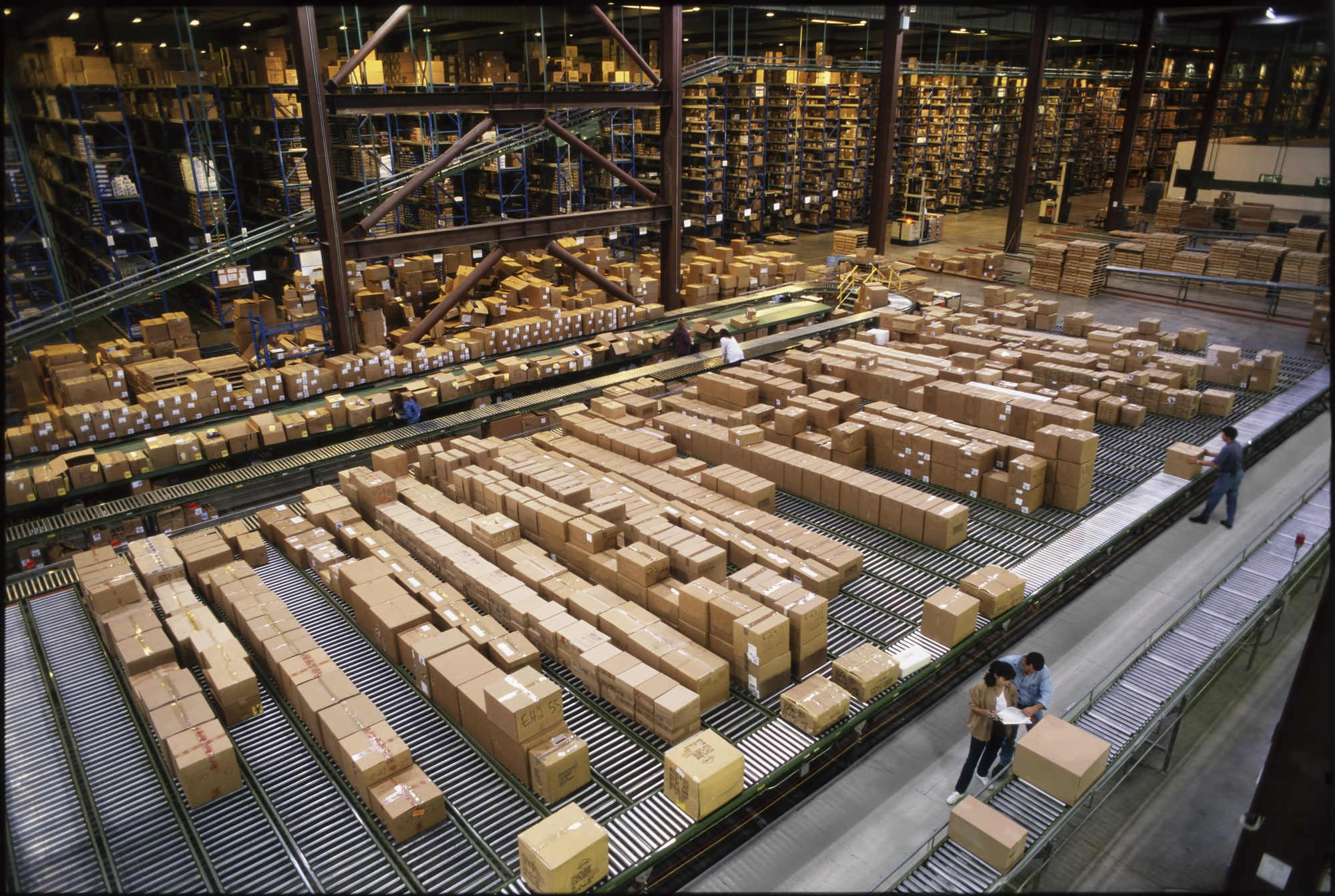Rare earth minerals are everywhere—inside your phone, car, and even your country’s defense systems—but few people know what they are or why they matter. These minerals are critical to modern life, from electric vehicles to smartphones to national defense. They’re also at the center of high-stakes geopolitical negotiations and supply chain concerns, especially as tensions rise over global sourcing and access.
This Supply Chain 101 explains rare earth minerals, where they come from, why they’re hard to replace, and how their trade impacts everything from manufacturing to global diplomacy.
1. What are rare earth minerals?
Rare earth minerals, or rare earth elements (REEs), are a group of 17 chemical elements found in the Earth’s crust. Despite the name, most are relatively abundant but rarely found in concentrated forms that are easy to mine.
Key rare earth elements include:
- Neodymium
- Lanthanum
- Cerium
- Dysprosium
These elements are used to make powerful magnets, catalysts, batteries, and other components found in modern electronics and clean energy technologies.
2. Why they’re essential
Rare earths are vital for producing a wide range of technologies, including:
- Electric vehicles
- Wind turbines
- Smartphones
- LED lights
- Advanced military systems (guided missiles, fighter jets, etc.)
For example, neodymium is a key material in high-performance magnets used in EV motors and wind turbines. Without access to these minerals, production of many advanced technologies would slow or stop altogether.
3. Who controls the supply
China currently dominates the rare earth supply chain, accounting for:
- Over 70% of global production
- More than 85% of rare earth processing
That processing dominance is crucial—even when other countries mine rare earths, the raw materials typically get shipped to China for the complex chemical separation and refining needed to create usable materials. This gives China significant leverage in trade negotiations, especially with Western nations relying on these elements for clean energy goals and defense applications.
4. Global chokepoints and risks
Because China controls mining and processing, any political, economic, or environmental disruption can ripple across global supply chains. For example, in 2010, China briefly cut off rare earth exports to Japan following a diplomatic dispute, causing global price spikes.
Recently, the U.S. and EU have pushed to reduce dependence by funding alternative sources and recycling programs.
However, developing new supply chains takes time, expertise, and major investment.
5. The geopolitical chess game
Rare earths have emerged as a key bargaining chip in global diplomacy, with multiple developments unfolding simultaneously:
Ukraine, rich in rare earth deposits, has attracted U.S. interest as a potential alternative supplier, though the ongoing conflict has complicated those discussions.
According to recent reports, China has signaled it may ease some rare earth restrictions to improve relations with Western auto manufacturers.
These parallel moves highlight how rare earth access has become intertwined with broader geopolitical strategies, extending far beyond simple trade relationships.
6. Can we make or mine them elsewhere?
Efforts are underway to mine rare earths in places like:
- Australia
- Canada
- The U.S. (including the Mountain Pass mine in California)
However, mining is only one part of the equation. The real bottleneck is in chemical processing—a difficult, environmentally sensitive task requiring specialized expertise and major capital investment. China has spent decades building this capacity, often accepting environmental costs that other countries have been reluctant to shoulder.
Industry experts estimate that building comparable processing facilities elsewhere could take:
- 10–15 years
- Billions in investment
- Regulatory approval and environmental compliance
7. What’s next?
To reduce risk, companies and governments are pursuing multiple strategies:
- Investing in rare earth recycling and closed-loop recovery systems
- Researching material substitutes for reduced or no rare earth usage
- Funding domestic processing capabilities with government incentives
- But for the foreseeable future, rare earths will remain a critical and volatile part of global supply chains, with their strategic importance only growing as demand for clean tech and advanced manufacturing rises.




